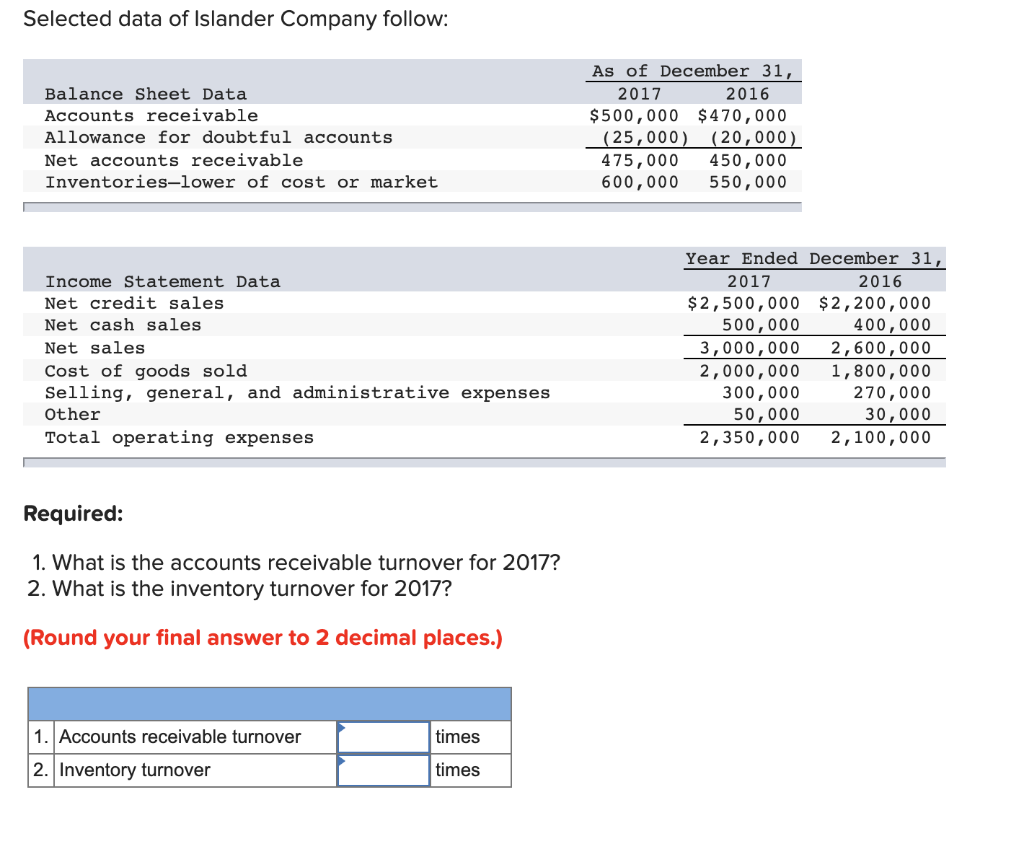
The simplified dollar-value method uses a similar pooling system but uses government price indexes to determine the annual change in price.The dollar-value method groups together goods and products into one or more pools or classes of items.Two LIFO rules highlighted in IRS Publication 538 are “dollar-value methodology” and “simplified dollar-value methodology.” You only need to file this form with your yearly taxes the first year you use LIFO costing. The IRS notes the LIFO method has complex rules and requires the completion of Form 970.

Using this method, the jeweler would report deflated net income costs and a lower ending balance in the inventory. Using LIFO, the jeweler would list COGS as $150, regardless of the price at the beginning of production. By the end of production, the cost to make gold rings is now $150. The cost at the beginning of production was $100, but inflation caused the price to increase over the next month. Let’s say the same jeweler makes 10 gold rings in a month and estimates the cost of goods sold using LIFO. During times of deflation, the opposite may occur. LIFO also assumes a lower profit margin on sold items and a lower net income for inventory. Thus, the business’s cost of goods sold will be higher because the products cost more to make. The LIFO method assumes higher cost items (items made last) sell first. Items made last cost more than the first items made, because inflation causes prices to increase over time. The LIFO method will have the opposite effect as FIFO during times of inflation. That includes items in your inventory at the start of your year and those acquired during the year. Items are assumed to have been sold in order of acquisition.


The first in, first out (FIFO) costing method assumes two things:


 0 kommentar(er)
0 kommentar(er)
